Boxwood Bonsai: Origin and History
Origin of the boxwood plant
The boxwood plant, also known as Buxus, is a genus of about seventy species in the family Buxaceae. It is native to western and southern Europe, southwest, southern and eastern Asia, Africa, Madagascar, northernmost South America, Central America, Mexico, and the Caribbean. The first known use of boxwood dates back to 4000 B.C., when the Egyptians clipped it into formal hedges for their gardens. Charcoal remains of boxwood have also been recovered in England, dating back to 2000 B.C.
History of boxwood bonsai cultivation
The history of boxwood bonsai cultivation can be traced back to the 1960s when the bonsai world discovered the Kingsville boxwood, a variety that was not initially a commercial success. One of the original 10 cuttings was still alive in 1975 and was donated to the National Arboretum. Although the exact origins of boxwood bonsai cultivation are not well documented, boxwood plants have been used for ornamental purposes since ancient times, such as the Egyptians who clipped them into formal hedges for their gardens around 4000 B.C.
Characteristics of Boxwood Bonsai
Description of the boxwood plant
The boxwood plant (Buxus) is a slow-growing, evergreen shrub that belongs to the family Buxaceae. It consists of around 70 species and is characterized by its dense, compact growth, small glossy leaves, and a naturally rounded shape. The leaves are usually elliptical or oval, ranging in color from dark green to yellow-green, depending on the species and cultivar.
Boxwoods can grow anywhere from 2 to 20 feet tall, depending on the variety, and are often used as hedges, topiaries, and landscape accents due to their adaptability and low maintenance requirements. They are also known for their resistance to deer and rabbit browsing and their tolerance to air pollution, making them suitable for urban environments. The wood of boxwood plants is fine-grained, heavy, and hard, which has historically been used for carving, making musical instruments, and other small wooden items
Features that make boxwood suitable for bonsai
Boxwood plants possess several features that make them ideal candidates for bonsai cultivation:
Slow growth rate: Boxwoods are slow-growing shrubs, which allows for easier maintenance and shaping in the form of a bonsai. This slow growth rate also means that they can be kept in a small pot for a longer period without becoming root-bound.
Compact growth habit: The dense and compact growth pattern of boxwood plants makes them suitable for creating miniature versions of trees. Their small leaves and fine branching structure create a sense of scale, which is essential for bonsai aesthetics.
Evergreen foliage: Boxwoods are evergreen, meaning they retain their leaves throughout the year. This feature ensures that the bonsai will maintain its visual appeal and structure even during winter months when deciduous trees lose their leaves.
Adaptability: Boxwoods are known for their adaptability to various growing conditions, making them relatively easy to care for as bonsai. They can tolerate a wide range of light conditions, from full sun to partial shade, and can be grown both indoors and outdoors.
Pruning and shaping: Boxwoods respond well to pruning and shaping techniques, such as pinching, wiring, and trimming. This characteristic allows bonsai enthusiasts to create various styles and shapes with their boxwood bonsai.
Hardiness: Boxwoods are generally hardy plants, resistant to pests and diseases, which makes them a good choice for beginners trying their hand at bonsai cultivation.
Types of Boxwood Bonsai
There are several varieties of boxwood plants that are commonly used for bonsai cultivation:
European Common Boxwood (Buxus sempervirens): This species is often styled as bonsai and is known for its adaptability to various growing conditions and its dense, compact growth.
Chinese Boxwood (Buxus harlandii): Another popular species for bonsai, Chinese boxwood is appreciated for its unique appearance and suitability for various bonsai styles.
Japanese Boxwood (Buxus microphylla): This variety is the most popular type of boxwood and is characterized by its small leaves and rich green color that remains even during winter months.
Kingsville Boxwood (Buxus microphylla ‘Compacta’): Kingsville boxwood is a slow-growing, compact variety with small leaves, making it ideal for bonsai cultivation.
These are just a few examples of the many varieties of boxwood plants that can be used for bonsai. Each variety has its unique characteristics and may require slightly different care, but all share the features that make boxwood plants suitable for bonsai cultivation.
Boxwood Bonsai Styles
Boxwood plants are versatile and can be styled into various bonsai forms due to their dense growth, compact branching, and adaptability. Some popular boxwood bonsai styles include:
Formal Upright (Chokkan): This style features a straight, upright trunk with evenly spaced branches that decrease in size as they ascend. The boxwood’s naturally dense growth and small leaves make it suitable for this classic bonsai style.
Informal Upright (Moyogi): In this style, the trunk has gentle curves, creating a more natural appearance. The boxwood’s adaptability to pruning and wiring makes it easy to develop an informal upright bonsai.
Slanting (Shakan): The slanting style features a trunk that leans to one side, with branches arranged to balance the overall composition. Boxwood plants can be trained to grow at an angle, making them suitable for this style.
Cascade (Kengai): This style represents a tree growing on a steep slope, with the trunk cascading downward. Boxwoods can be trained to grow in this dramatic form by using wiring and careful pruning.
Semi-Cascade (Han-Kengai): The semi-cascade style features a trunk that grows horizontally before cascading downward, similar to the cascade style but less pronounced. Boxwoods can be trained into this style using the same techniques as for cascade.
Group Planting (Yose-ue): Boxwoods can be used to create group plantings, where multiple trees are arranged together in a single container to mimic a natural forest or grove.
Windswept (Fukinagashi): The windswept style portrays a tree that has been shaped by strong winds over time. Boxwoods can be wired and pruned to create the impression of a tree that has been exposed to harsh conditions.
These are just a few examples of the many styles that can be achieved with boxwood bonsai. With proper care and training techniques, boxwood plants can be shaped into various forms, making them a versatile and popular choice for bonsai enthusiasts.
Conclusion
In conclusion, boxwood plants are a popular choice for bonsai cultivation due to their slow growth rate, compact growth habit, evergreen foliage, adaptability, and ease of pruning and shaping. There are several varieties of boxwood plants, such as European Common Boxwood, Chinese Boxwood, Japanese Boxwood, and Kingsville Boxwood, each with its unique characteristics. These plants can be styled into various bonsai forms, including formal upright, informal upright, slanting, cascade, semi-cascade, group planting, and windswept styles. With proper care and training techniques, boxwood bonsai can provide a visually appealing and rewarding experience for both beginners and experienced bonsai enthusiasts.

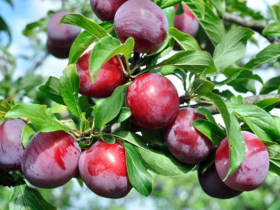
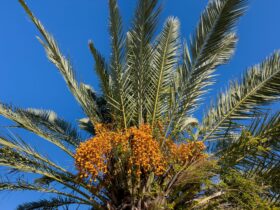
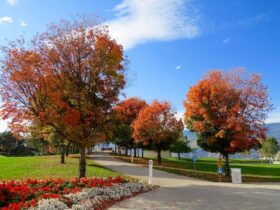
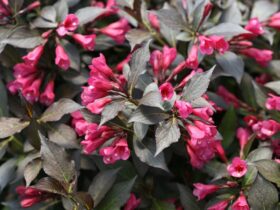
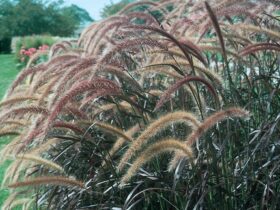
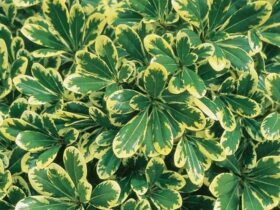

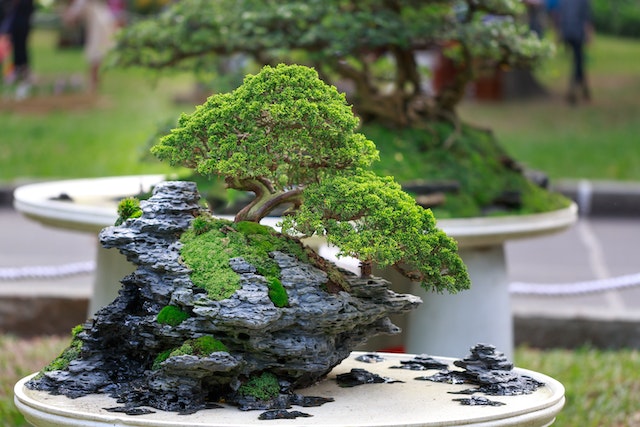
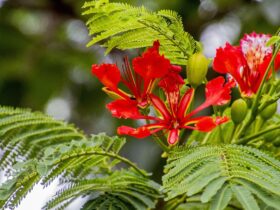

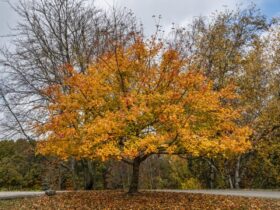
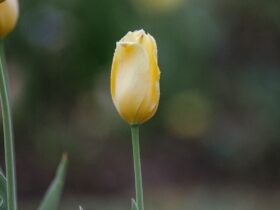
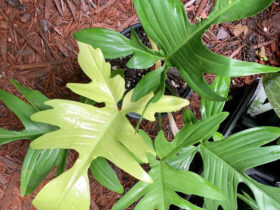
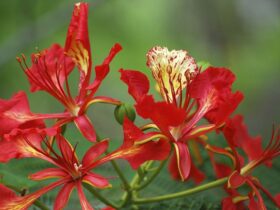

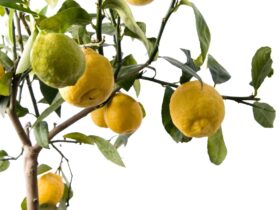
Leave a Reply